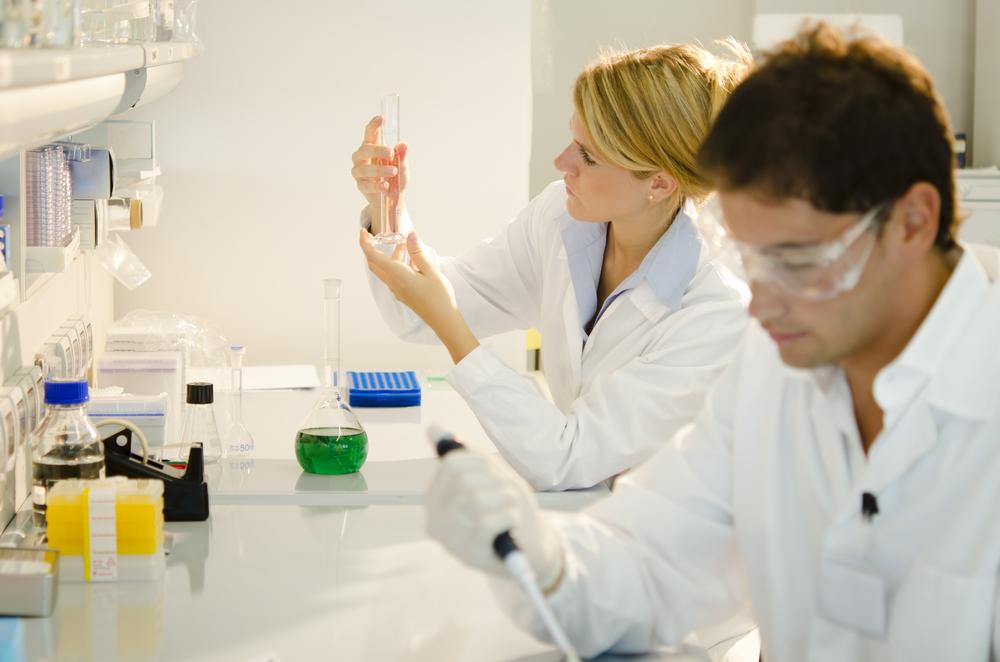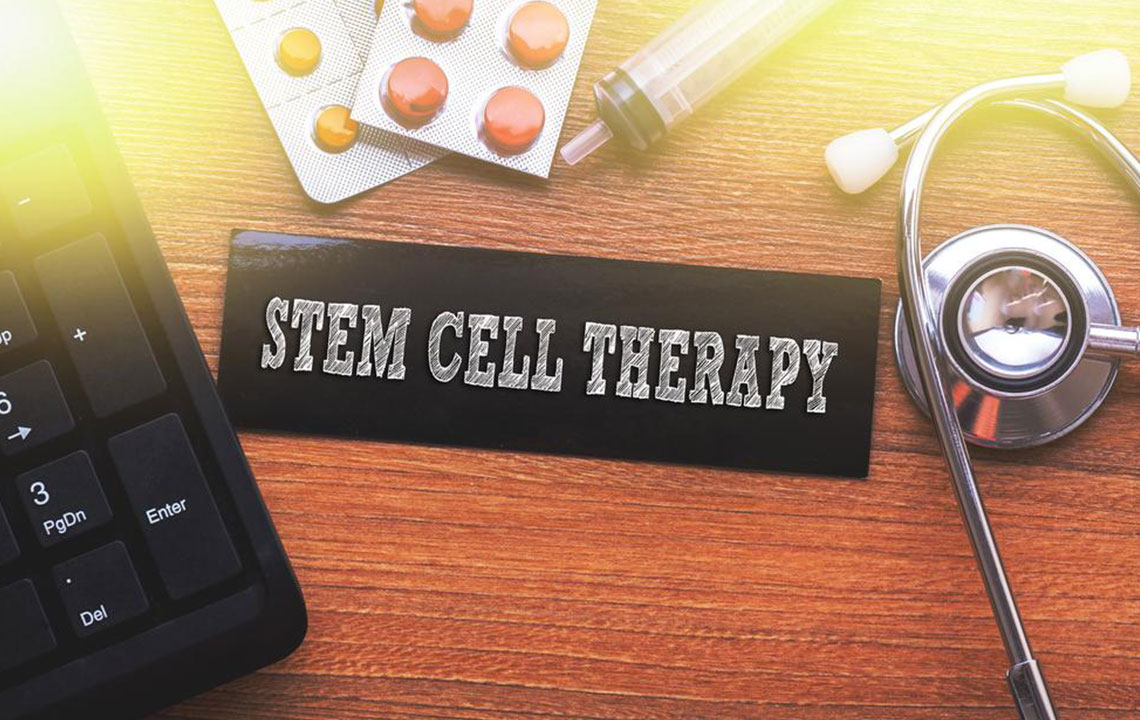Transforming Medicine: The Revolutionary Role of Stem Cell Therapy in Modern Healthcare
Stem cell therapy is revolutionizing modern medicine by providing innovative solutions for repairing tissues and organs, treating complex diseases, and enhancing patient recovery. This comprehensive overview highlights the sources, benefits, risks, and future potential of stem cell treatments, marking a new era in regenerative healthcare with promising developments ahead.

How Cutting-Edge Stem Cell Treatments Are Changing Patient Outcomes
In recent years, the landscape of medical science has experienced remarkable advancements, leading to significant reductions in mortality rates associated with many life-threatening and chronic diseases. Despite these breakthroughs, certain complex illnesses continue to pose significant challenges for healthcare providers worldwide. Among the most promising innovations emerging in this space is stem cell therapy, a groundbreaking approach that harnesses the body's own regenerative capabilities to treat a variety of conditions effectively.
Stem cell therapy is rapidly gaining recognition as a viable alternative to traditional surgical procedures for a range of ailments. This technique involves utilizing undifferentiated cells—known as stem cells—that can develop into specific cell types needed for repair and regeneration. By focusing on restoring damaged tissues and organs, stem cell treatments aim to improve patient outcomes, reduce recovery times, and offer hope for diseases previously deemed incurable.
Sources and Types of Stem Cells
Stem cells are unique, undifferentiated cells capable of transforming into various specialized cell types, making them invaluable in regenerative medicine. They are primarily sourced from two key areas: embryonic tissues during early developmental stages and adult tissues found in mature organisms.
Embryonic stem cells, obtained during the initial phases of embryo development, offer high pluripotency but are limited by ethical considerations and accessibility. Conversely, adult stem cells are present in various tissues throughout life—such as bone marrow, fat, and blood—providing a more ethically acceptable and practical source for therapeutic purposes.
Both embryonic and adult stem cells are characterized by their potent ability to differentiate into diverse cell types—including muscle, bone, skin, and nerve cells—making them ideal candidates for regenerative therapies.
Unique Benefits and Promising Applications of Stem Cell Therapy
One of the most notable advantages of stem cell therapy is its potential to treat complex and previously intractable health conditions with minimal invasiveness. It significantly accelerates wound healing and tissue regeneration, which can result in shorter hospital stays and faster returns to daily life.
Patients undergoing stem cell treatments often experience improved muscle strength, enhanced flexibility, and better sleep quality. These benefits contribute to overall quality of life and physical well-being.
Stem cells play a crucial role in supporting nerve regeneration, promoting collagen synthesis, and combating the effects of aging. They facilitate new tissue growth in critical areas such as the heart and blood vessels, aiding recovery after cardiovascular events. Additionally, they promote skin repair, reducing scarring and improving appearance.
Emerging research even suggests potential in combating hair loss, enabling patients to regain their confidence and return to their routines swiftly following treatment procedures.
Potential Risks and Challenges Associated with Stem Cell Therapy
While the prospects of stem cell therapy are promising, it is not without risks. Common side effects include infections, anemia, bleeding, immune responses such as graft-versus-host disease, gastrointestinal issues, skin or hair problems, localized pain, and even kidney-related complications. The risk profile varies depending on the type of stem cells used and the treatment protocol.
Long-term safety remains a concern, as unforeseen effects could potentially impact patient health years after therapy. Careful monitoring and medical supervision are essential to mitigate adverse outcomes and ensure safe application of these therapies.
Future Directions and Innovative Uses of Stem Cell Technologies
The field of stem cell research continues to evolve rapidly, with promising future applications on the horizon. Scientists are exploring ways to develop highly targeted, cell-based treatments by transplanting laboratory-generated specialized cells tailored to individual patient needs.
Research is also expanding into understanding human development, cellular behavior, and the genetic underpinnings of diseases such as cancer and inherited disorders. These studies could unlock new therapeutic strategies and personalized medicine approaches.
Laboratory-grown stem cells serve as powerful models for drug testing, helping researchers identify effective medications for currently untreatable conditions. Furthermore, they could be instrumental in detecting environmental toxins early, preventing health hazards before they manifest clinically.
As this innovative field progresses, collaboration between scientists, clinicians, and regulatory bodies will be crucial to ensure safe, effective, and ethical use of stem cell therapies. The ongoing development holds the promise of transforming healthcare and offering new hope to millions worldwide.
Tags – advanced stem cell therapies, regenerative medicine, tissue engineering, cellular therapy





